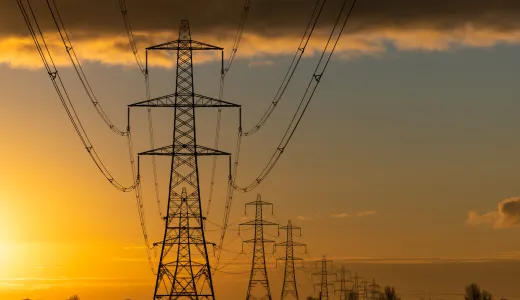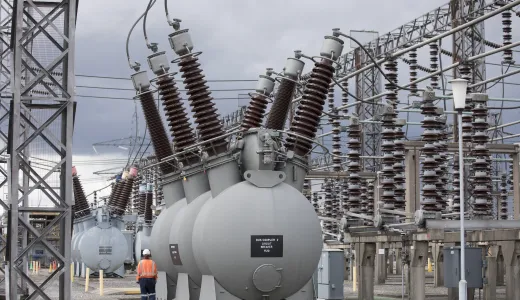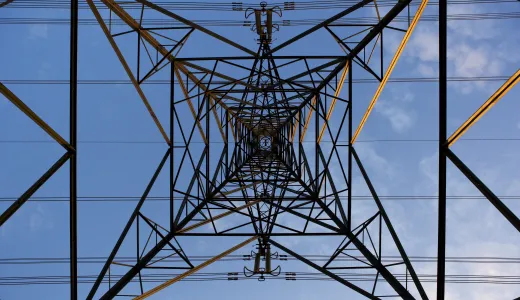Ofgem’s announcement approving proposals to reform Britain’s connections process, known as ‘Connections Reform’, marks a significant step in making the necessary changes required to streamline the electricity connection arrangements in Great Britain, crucial for achieving the government’s Clean Power by 2030 (CP2030) goals.
As of 23.59 on Tuesday 26 August, the NESO evidence submission window is now closed. During this period, connecting customers submitted evidence to support queue reordering, prioritising projects that meet the required criteria to connect to the network.
Further information on what happens next in the Connections Reform process is available at: Connections Reform | National Energy System Operator.
Important note: Please bear with us while we work on updating our Connections pages to reflect the new connections process.
Researching Your Connection
NGET does not contract directly with the customer. The National Energy System Operator (NESO) will contract with us to build the connection and any related works. We will still be in regular touch with you on the progress of your connection, as well as being fundamental to your initial offer through the system studies we conduct. We will also conduct any studies needed if a modification application is made to your connection.
The NESO contracts with you directly as the connecting customer. You will submit your application to the NESO, and they will send it through to NGET for assessment once they have conducted their necessary checks. They will also manage your contract should any changes need to be made. They will have regular contact with both NGET and you to keep track of your connection.
Your connection capacity will be declared in two forms. The first is your Connection Entry Capacity (CEC). This is the maximum potential output of your asset onto the National Electricity Transmission System (NETS). The second is your Transmission Entry Capacity (TEC). The TEC is the amount you will export onto the NETS as a generator. CEC is often set higher than TEC to allow for changes over years in outputs without needing to adapt or modify infrastructure.
The connection registers will give you an idea of how many current connections exist and at what capacity. There are a variety of connection registers available such as the Transmission Entry Capacity Register and the Interconnector Register on the NESO website.
We advise that you review the connection register appropriate to your connection type to help inform you of what other connections to the National Electricity Transmission System are currently ongoing. These connection registers could help inform you of where, or when you want to connect.
The industry codes underpin the electricity and gas wholesale and retail markets. Market participants are required to comply with the industry codes in accordance with the conditions of their licence. The NESO administers four of these codes. They are the CUSC, Grid Code, STC and SQSS.
For more information on these codes, click here.
The Security and Quality of Supply Standard (SQSS), are the minimum design standard used to plan the transmission system. These standards ensure that any connection or system upgrades are to a high quality, and preserve the safety and reliability of the transmission system.
Understanding Your Connections Project
Your project’s timeline is unique as it is dependent on its location, the design selected, and what other projects are taking place in the area.
Our Connections team consider different factors that can influence how long it takes to connect your project to the transmission network. These include the complexity of the project, the connection site, the availability of outages and resource to do the work, and other contracted customer requirements. When considering your connection date we need to ensure that we can maintain the integrity and resilience of our transmission network and undertake any maintenance or upgrade work required.
Please note: In light of Ofgem's recent decision regarding the transitional arrangements for the electricity connections process, NESO will be pausing the acceptance of new connection applications starting 29 January 2025.
For detailed information on User Self Build agreements, visit our page here: https://www.nationalgrid.com/electricity-transmission/connections/article/user-self-build-agreements
Certain substations may be full as they cannot be expanded due to physical, geographical or system limitations. For more information on expanding and triggering new substations, click here.
For full National Grid Electricity Transmission (NGET) cost information, visit this page: https://www.nationalgrid.com/electricity-transmission/how-to-get-connected/researching-your-connection/how-much-will-it-cost


